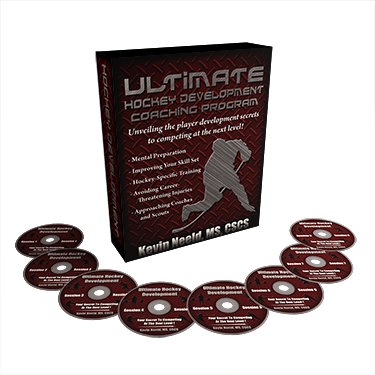I really enjoyed Michael Boyle’s article on Monday. In case you missed it, check it out here: Becoming the Best and then come back and finish reading this post.
Today’s culture seems to be very much driven by instant satisfaction. This certainly isn’t a bad thing. The advances in technology over the last decade have been exceptional, and lead to profound improvements in our ability to share information. As a result, we have more information at our fingertips than ever before. Louis CK explains…
“How quickly the world owes him something, he knew existed only 10 seconds ago.”
In many ways, this incredible information revolution has also made us very lazy. I don’t mean lazy in the obesity “epidemic” way; I mean that it’s lead some to expect success equally as quickly. Having worked in a teaching setting recently, interacting with interns and young athletes, and emailing back and forth with young aspiring strength and conditioning professionals, this “I want to be the best right now” idea is everywhere. While I whole-heartedly appreciate the enthusiasm, I feel they may be missing the big picture.
This is why I thought Mike Boyle’s article was so insightful. He reinforces that being the best, in anything, takes time, work, and a ton of practice. On a personal note, Eric Cressey has been a great mentor for me. He established himself as a authority in strength and conditioning at a very young age and quickly opened his own training facility, which was something I also wanted to do at the time. On the surface, he appeared to be an “instant success”.
When I met him, Eric was far from an “instant success”. He, even now, reads and studies more than anyone else I know, and is constantly putting what he learns into practice. He finds a way to squeeze 25 hours of progress into every 24 hour day and never slows. Frankly, I’m not convinced that he sleeps every night. Instant success? Pretty far from it.
Undoubtedly, young professionals can expedite their path to success by exposing themselves to and retaining as much QUALITY information as possible. This can come in the form of books, articles, dvds, seminars, talking with colleagues and other professionals, and observation hours. This will begin to provide the foundational knowledge necessary to be successful.
The part you can’t “expedite” is developing the wisdom to know when to use this knowledge. This is only developed through thousands of hours of coaching and controlled “experiments”. As a few examples:
- High intensity interval training is hands down the most efficient way to burn fat, but that doesn’t mean it’s the best for everyone. Some people simply aren’t in good enough shape to train at sufficiently high intensity and/or aren’t mentally tough enough to sustain a program built around interval training. The best program in the world isn’t so good if a person can’t sustain it!
- Knees collapsing in during squatting, jump landing, or lunging movements is typically the result of a lack of femoral internal rotation control. It can also result from an overpronated foot, which can be related to bone structure or some sort of muscular restriction (e.g. a tight soleus). It’s possible to identify which is the major factor by watching athletes move (and by performing a few simple assessments), but it takes time and practice. Nothing in training is as simple as “If this happens then you need to do this.”
- Coaching is more of an art than a science. Experience teaches which athletes need to be “pushed aggressively” and which need to be “encouraged politely”.
- There are very few inherently bad exercises and equally few absolutely essential exercises. In most cases, the right exercises need to be applied to the right person at the right times. After all, exercises are only stressors. There is undoubtedly multiple exercises that will serve a similar function, or create a similar stress to the body.
Ultimately, experience develops the wisdom to put information into the appropriate context, to realize that the “perfect program” will be different depending on the coach, the environment, and the athletes. The same can be said for athletic excellent. Many times it will come down to hundreds of hours of QUALITY preparation time (training, practicing skills, studying the game at your level and the next, etc.).
To wrap up, one of the best ways to “become successful” in any field is to find a couple people that have accomplished what you want to, and then develop the same habits they did.
To your success,
Kevin Neeld





 Use CODE: "Neeld15" to save 15%
Use CODE: "Neeld15" to save 15%